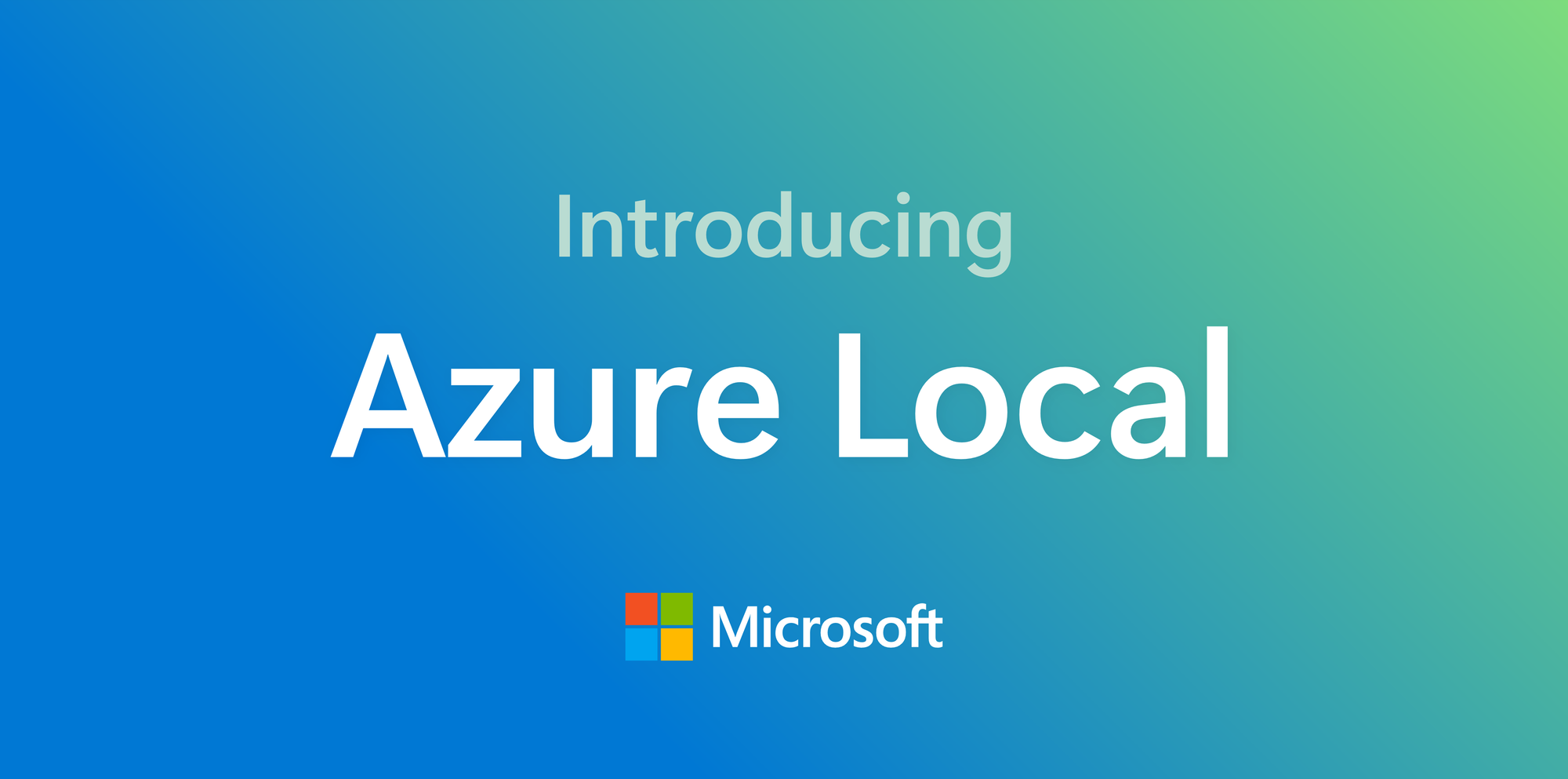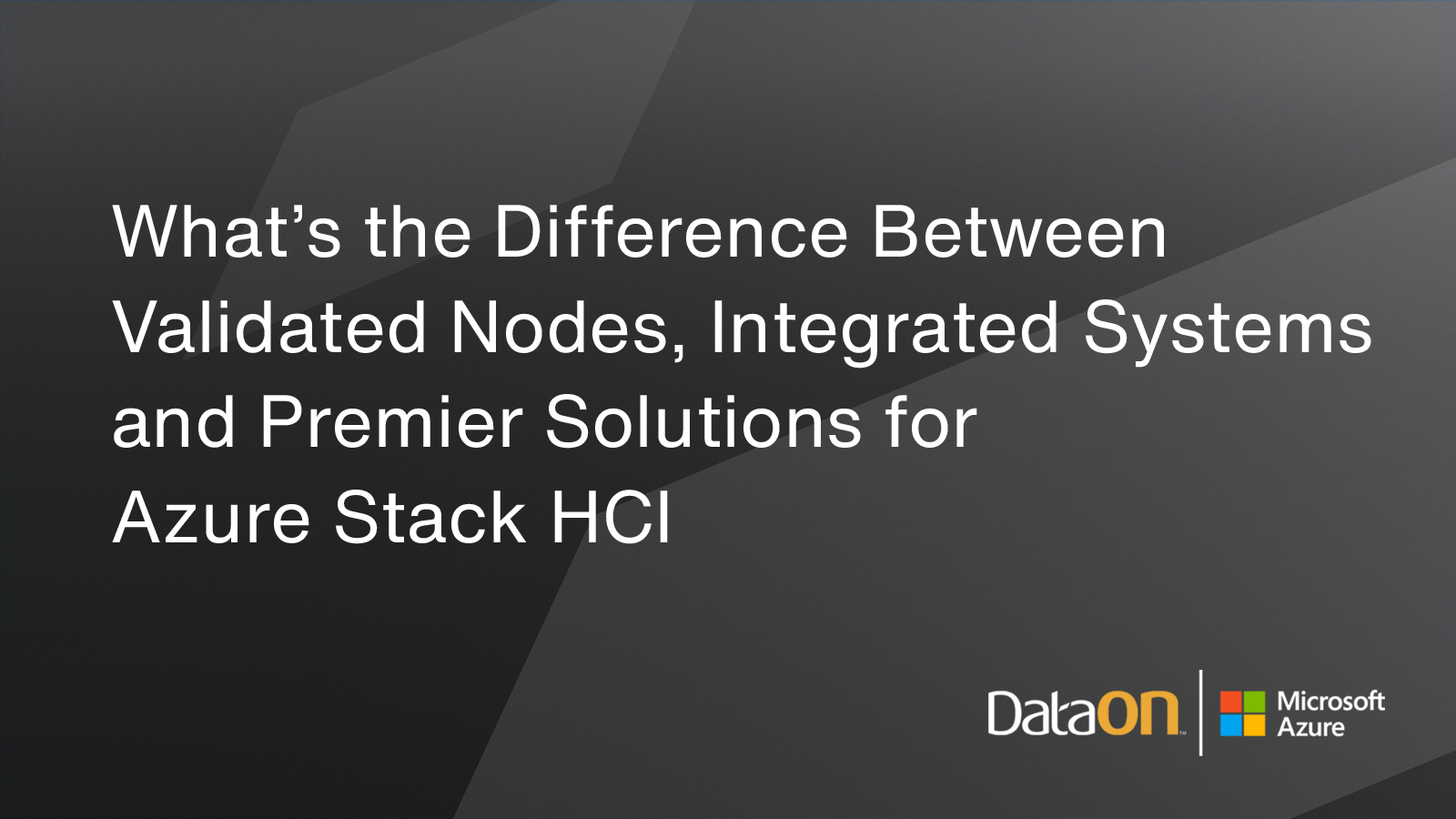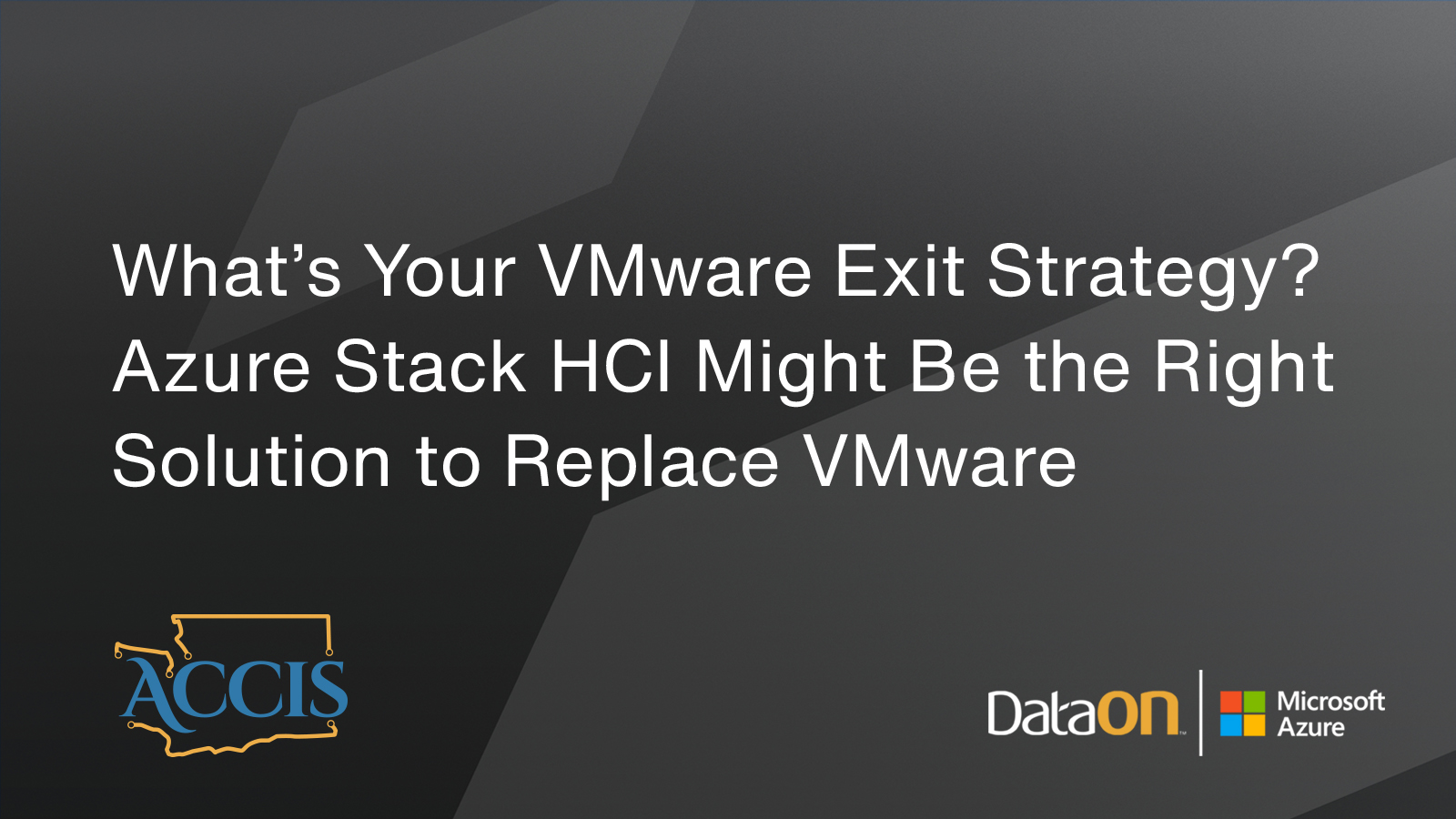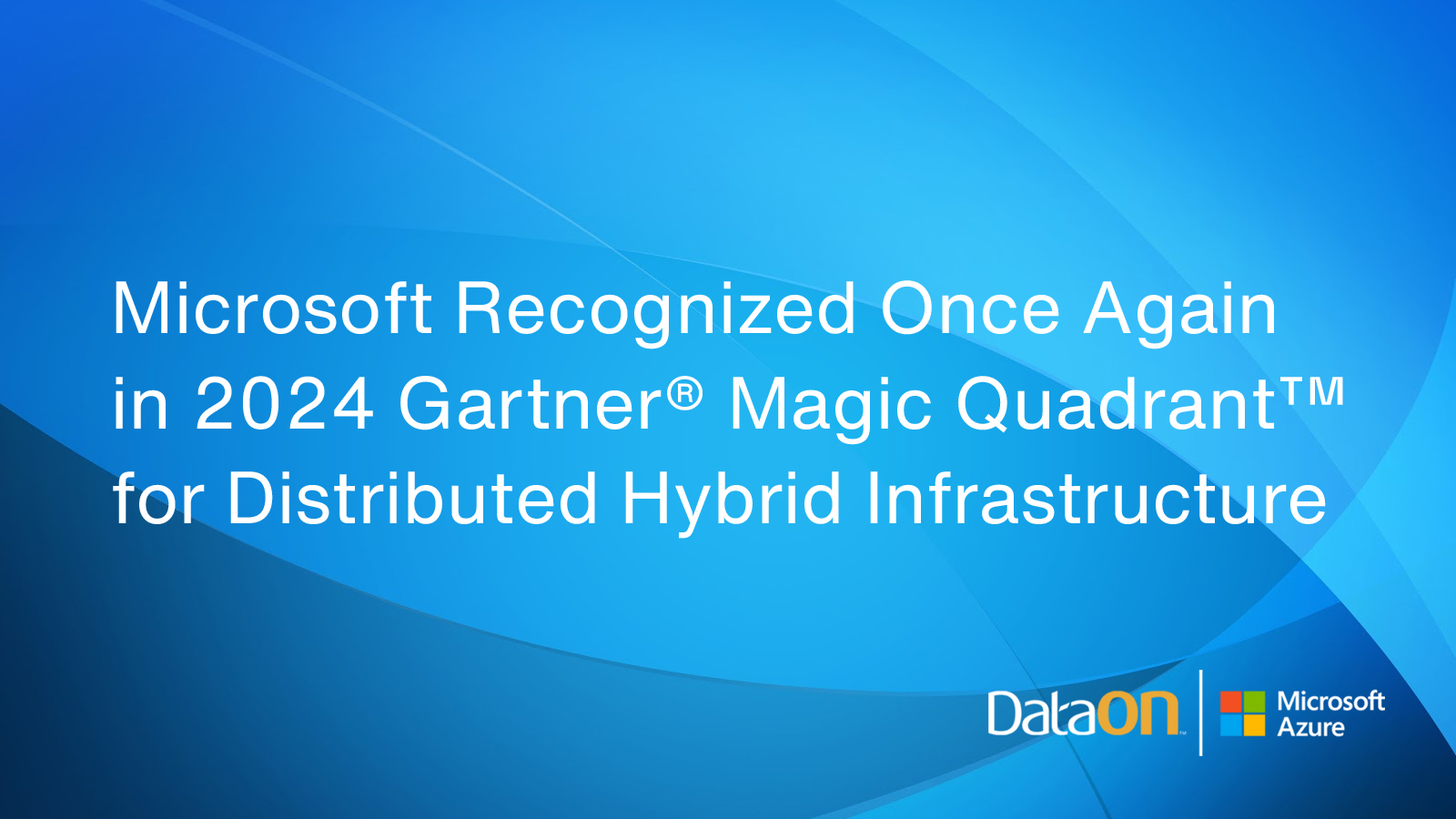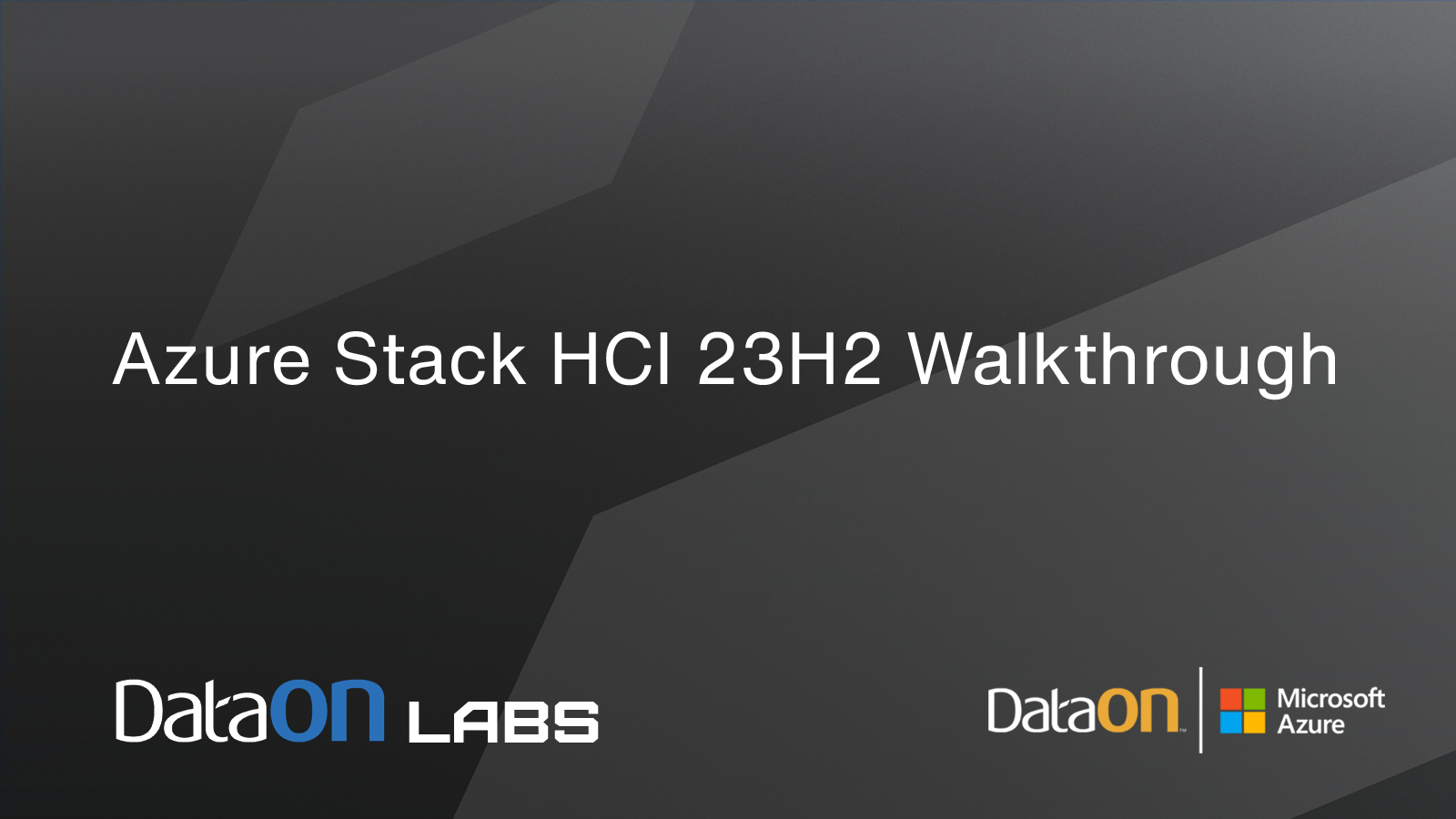Azure Local FAQs

What is Azure Local? What is Azure Local? Azure Local is a cloud-connected infrastructure enabled by Azure Arc to run VMs, containers and selected Azure services in distributed environment. Azure Local runs on customer owned hardware and managed by the customer using cloud connected tools. For more details, please refer to the Azure Stack Tech … Azure Local FAQs
